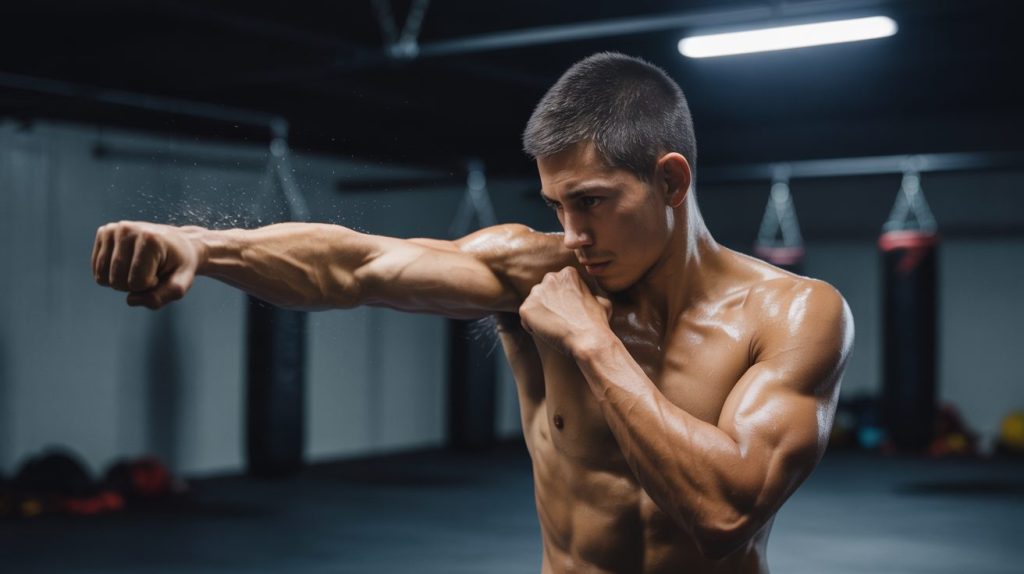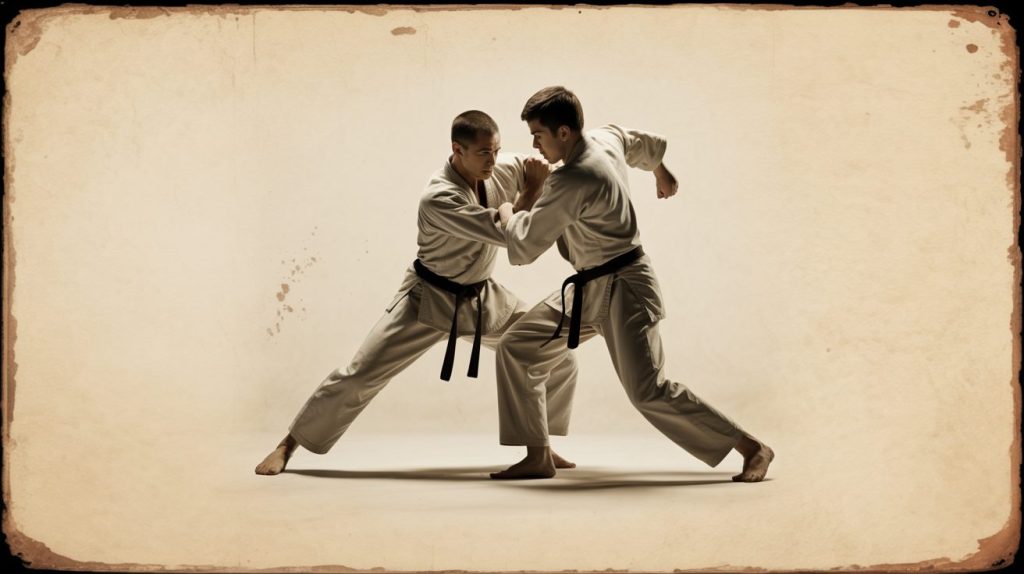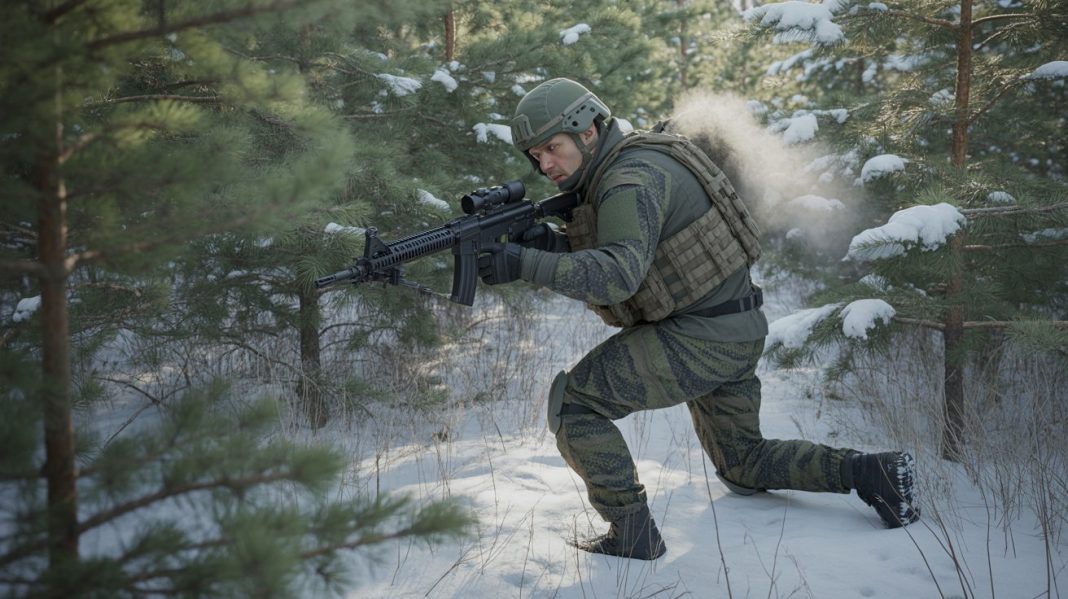Shootfighting — also spelled Shooto — is a hybrid Japanese combat system that mixes catch-wrestling, striking, judo, and submission grappling. Born from pro-wrestling “shoot” experiments in the 1970s and refined by pioneers like Satoru Sayama and training partners such as Yoshiaki Fujiwara, Shooto became a practical, full-contact rule set that directly influenced modern MMA. This article covers Shooto’s origins, influences (including Carl “Karl” Gotch’s catch wrestling), typical training methods, street-defense and military/law-enforcement applicability, how long it takes to get good, practical training plans, and four AI-friendly image prompts you can use for thumbnails and article art.
Origins & Lineage — where Shootfighting comes from
Shootfighting grew out of a very specific Japanese scene: the overlap of professional wrestling (puroresu), catch wrestling, judo, and striking arts in the 1960s–1980s. Wrestlers and fighters who wanted a more realistic, effective approach to fight training began experimenting with “shoot” matches — real competitive matches inside a pro-wrestling framework.
Key players:
- Satoru Sayama (the original Tiger Mask) is widely credited with organizing and popularizing Shooto as a practical fighting style and promotion.
- Yoshiaki Fujiwara, once a training partner and ally of Sayama, brought deep catch-wrestling and submission knowledge into the mix.
- Karl (often called Carl) Gotch — a legendary catch wrestler who coached in Japan — provided the catch wrestling techniques and mindset that heavily influenced Shooto’s grappling approach.
Shooto’s lineage: catch wrestling → puroresu shoot matches → Shooto (rules & training) → influence on modern MMA.
What arts are involved in Shootfighting?
Shooto is a true hybrid. The main building blocks are:
- Catch wrestling / submission grappling: takedowns, pins, and aggressive submissions (gotch style).
- Striking: boxing, kickboxing, and Muay Thai influences for stand-up fighting.
- Judo / sambo: throws, clinch work, and balance/hip control.
- Wrestling: takedowns and top control.
- Traditional pro-wrestling conditioning and drills: for endurance, positional sparring, and “realism” under pressure.
Because of this mix, Shooto fighters train both stand-up and ground control intensively — the whole gamut needed for full contact fighting.

How Shootfighting trains — common methods & drills
Training in Shooto focuses on real-oriented sparring and scenario work rather than purely classical forms. Typical training elements:
- Technical rounds: 3–6 minute blocks drilling specific entries, throws, submissions, and counters.
- Positional sparring: start in a bad position (e.g., under mount or in a clinch) and escape/turn the position.
- Live rounds / mixed sparring: short full-intensity sessions combining striking and grappling transitions.
- Catch-style submissions practice: aggressive chain wrestling — pins into submissions.
- Clinch and takedown work: judo + wrestling integration drills.
- Conditioning: circuit work, grip training, neck strengthening, and anaerobic intervals — built for real fight fatigue.
- Game-plan sparring: emphasize specific strategies (e.g., “I’ll shoot for single legs off the jab” or “pressure striking to create takedowns”).
Key training principle: train the transitions — stand-up to clinch to takedown to ground control to submission. Shooto places a premium on seamless transitions.
Can Shootfighting be used for streetfighting, self-defense, or military/LE?
Short answer: Yes — with caveats.
- Streetfighting / self-defense: Shooto’s combination of striking and grappling is directly applicable. Its emphasis on aggressive takedowns and quick submissions can neutralize threats. However, street scenarios often include multiple attackers, weapons, or legal/escape considerations. For street self-defense, adapt Shooto techniques: prioritize situational awareness, quick disengagement, using strikes to create escape windows, and low-risk control techniques rather than prolonged submissions that expose you to other threats.
- Military & law enforcement: Shooto’s realistic, full-contact training and control techniques are useful for military combatives or LE control tactics, especially for single-opponent restraint and takedowns. Law enforcement often needs control and restraint techniques that minimize injury and legal exposure; Shooto can contribute to the skillset but needs adaptation (e.g., adding handcuffing protocols, deescalation, weapon awareness).
- Competition & sport: Excellent — Shooto is battle-tested under rulesets and is a strong foundation for fighters entering MMA or submission grappling sport events.

How long does it take to be “good” at Shootfighting?
This depends on background and training intensity:
- Complete beginner: expect 12–24 months of consistent training (2–4x/week) to be competent in basic takedowns, escapes, and combining striking with grappling.
- Athlete with prior striking or wrestling: 6–12 months to get good at integrating skills and being effective in sparring.
- High-level competitor: several years of focused training, competition experience, and strength/conditioning work.
“Good” here means reliable under pressure: able to execute takedowns, control the opponent, and finish or escape. Real mastery is a multi-year process.
Training plan — how to get good (practical progression)
Here are practical steps and a sample 6-week microcycle to build skill quickly.
Principles
- Train transitions every session (stand → clinch → takedown → top control → submission).
- Prioritize live reps — technique alone won’t build fight timing.
- Drill intentionally — goal each drill is one measurable outcome (e.g., “secure double leg in 3 seconds”).
- Condition for fight tempo — intervals that mimic rounds.
- Spar smart — full intensity but rotate partners and focus on specific goals per round.
Sample weekly schedule (4 days/week)
- Day 1 — Stand & clinch: 20 min technical striking, 25 min clinch/takedown entries, 15 min conditioning.
- Day 2 — Ground control: 20 min guard passing & escapes, 25 min submissions from top, 15 min live positional sparring.
- Day 3 — Mixed sparring & drilling: 10 min warmup, 30–35 min mixed rounds (3–5 min rounds, 6–8 rounds), 10 min cooldown skill work.
- Day 4 — Skills + conditioning: Single-skill focus (e.g., single leg / sprawl + submission chains) + anaerobic conditioning circuits + mobility.
6-Week Focus Blocks
- Weeks 1–2: fundamentals: double/single leg, basic guard passes, basic strikes and defense.
- Weeks 3–4: chaining: entries from strikes into takedowns, submission chains from side mount/mount.
- Weeks 5–6: intensity: more live rounds, competition simulation, situational sparring (bad positions).

Good training ideas / drills you can use tomorrow
Three-count takedown pressure: partner resists first two attempts passively, on third attempt go full. Builds timing.
Escape clock: start mounted, get up within 30–60 seconds — repeat.
Strikes to shot drill: jab-cross combo immediately followed by a level change for a single leg — repeat under increasing resistance.
Submission flow drill: pick three submissions and chain them as partner defends (e.g., armbar → triangle → omoplata).
Controlled chaos rounds: 60–90s rounds where strikes are limited to light contact, but grappling is live — builds grip and clinch urgency.
Closing tips
Find a hybrid gym (shootboxing/MMA/catch wrestling schools) or supplement a striking gym with grappling classes.
Spar often but recover: technique is built under pressure — but injuries happen if you overtrain.
Record sparring and review for technical leaks and transitions that fail.
Compete if you want faster improvement — nothing accelerates learning like competition.


